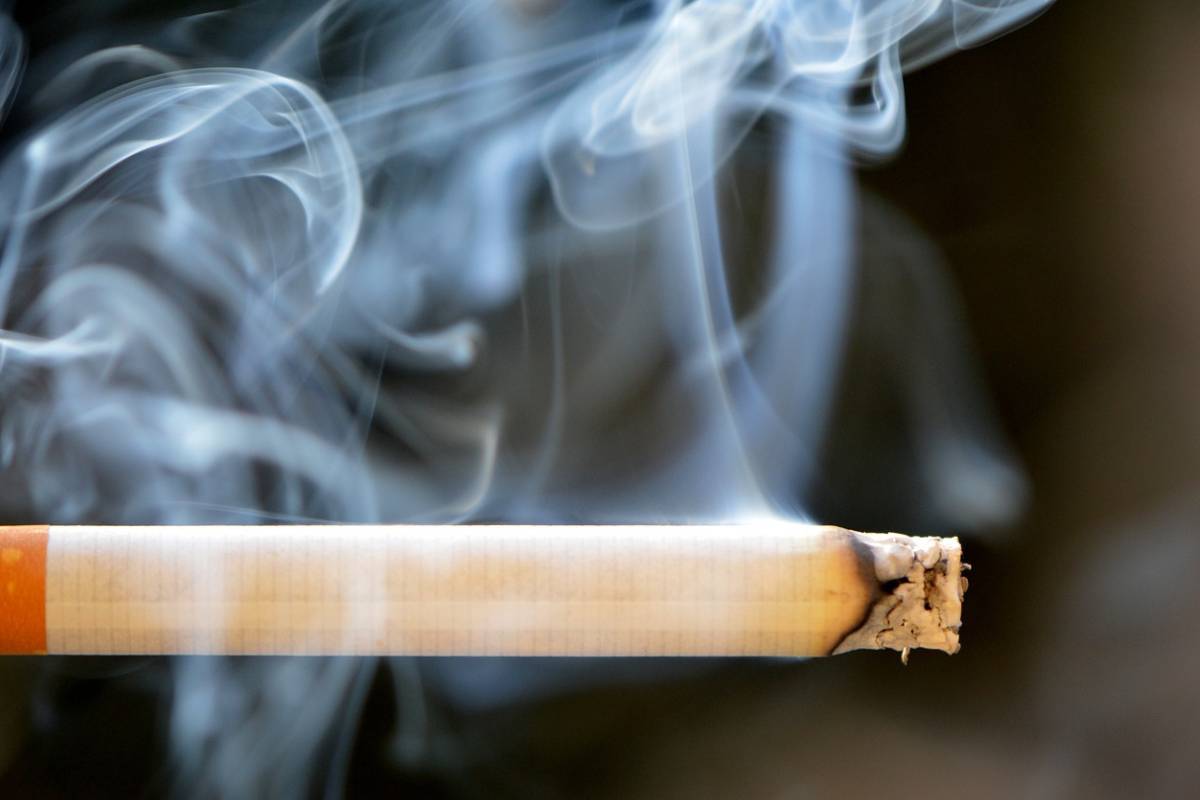Cigarettes and the Environment – All You Need to Know

The percentage of Americans smoking cigarettes hit a new low in 2022, down to 11%, which follows a recent trend of shunning tobacco products. There are many reasons for this, with personal health being right at the top. There’s plenty of firm evidence that cigarette smoking causes non-transmittable diseases and early deaths, leading to people wishing to give up.
However, there’s also solid evidence that cigarettes and tobacco products adversely affect our world. This isn’t just the cost to human health and the impact it has, but also on the environment around us. With global warming, rising sea levels, deforestation and sinkholes in the Arctic, the last thing we need to be doing is exacerbating the situation.
Here’s how smoking damages the environment and what you can do to quit.
Cigarettes and the Environment
Cigarettes are a significant cause of deforestation around the globe. Tobacco, the key ingredient in cigarettes, is often grown in rainforest areas, and large areas of forest are cleared for it to be planted. An example of this can be found in Tabora, Tanzania, which is a key tobacco-growing area. It has lost 19% of its forest cover as a result.
It’s not as if the land can then be used for something more productive. Tobacco cultivation uses a large number of toxic materials and creates a huge amount of waste, which is harmful to the soil. The air around a tobacco processing plant also becomes polluted, with wood-burning fires and furnaces belching out smoke and gasses at an incredible rate. It’s believed that a single cigarette is responsible for up to 14 grams of CO2 equivalent during its lifecycle. That’s quite a carbon footprint; it means that a pack of 10 cigarettes is the equivalent of flying 1km on a long-haul flight around the world.
Then, there’s the by-product of the cigarette itself, which is also harmful to the environment. The filters used in cigarettes are made of cellulose acetate, which is derived from plastic, and they can remain in the soil for up to ten years. They are photodegradable, which means they are eventually broken down by UV light, but that isn’t a quick process. It’s even more of a problem in the sea – cigarette butts account for almost half of the trash cleared up from beaches and waterways. Indeed, a single cigarette butt can pollute up to 500 liters of water, making them the biggest threat to marine life our seas have to face.
All of this comes from smoking cigarettes, underlining what a serious problem they pose to the world around us. Luckily, there are more ways than ever that you can stop, as we’ll explore below.
How Can You Stop?
If you want to reduce your carbon footprint from smoking and improve your health and that of the world in which you live, there are green ways to do so.
Vaping is one method people use. As a starter, it does seem more friendly to the world, as it doesn’t contain actual tobacco, but you must remember that vaping machines contain metal and plastic, which either take many years to decompose or do not break down at all. You must also consider that there’s a battery involved, which will also harm the environment.
Vaping might be popular, but other nicotine replacement therapy (NRT) products might be better choices. One such product is nicotine pouches, which are effective at weaning you off cigarettes. The end game should be the same – abstinence from cigarettes and pouches are a good way to achieve that. As the Velo nicotine pouches on Prilla clearly show, they come in a wide range of flavors, such as citrus and mint, as well as varying strengths. This means a bespoke approach to giving up, making you more likely to succeed. As for their impact on the environment, the company have recently changed their disposal tins to be 100% recyclable, as they also move towards carbon neutrality.
Nicotine lozenges are another option, and they’re also a great choice. They also come in different flavors and are used orally, but unlike pouches, there’s no waste product; the whole lozenge is eventually digested, meaning low impact. Also, as Nic Nac Lozenges demonstrates, the nicotine contained within is not derived from tobacco, as it isn’t with most NRTs. Gum and patches are also worth considering, although, as with pouches, there is a by-product. However, all are far better than actually smoking, or vaping.
Conclusion
There is only one way a cigarette smoker can protect the environment, and that is to stop using the products. Finding a permanent substitute is not the answer – instead, finding an NRT you can use and eventually move away from is the only real way to lessen your impact on the world around you.


